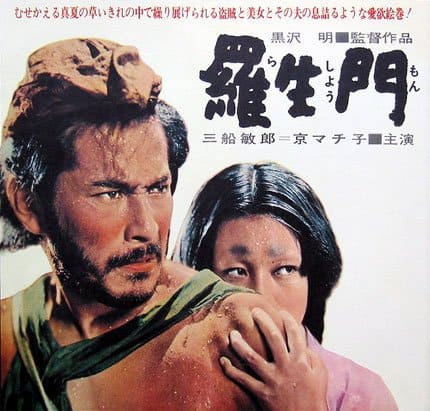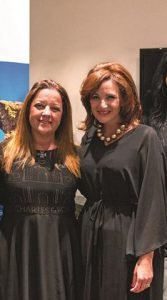That’s a word in Japanese that is also the title of an early Akira Kurosawa. If you haven’t learnt this about me yet, you should know I allow people to make fun of me at parties because I watch black-and-white movies with subtitles.
Kurosawa’s Rashomon tells the story of a rape and murder from the point of view of someone who sat through the trial. Four witnesses testify at the trial: the rape victim, her rapist, who also murdered her husband who testifies from beyond the grave through a medium (this is mediaeval Japan so that can happen) and a wood-cutter who stumbled on the scene and is an innocent bystander.
The film replays the story four times as each of the witnesses testifies and though the basic facts are always the same (husband tied up, wife has sex, husband dies, witness runs off) each story is different in the details. When the murderer testifies, the wife asked for the sex and begged him to kill her husband. When the wife testifies, she was a saintly victim, and her husband cruelly turned his back on her even though she was forced to have sex. And so on.
The woodcutter’s testimony should have been the most reliable until it turns out he stole from the scene the murdered man’s expensive sword, so he also needed the story to be understood in a certain way to get away with his petty crime.
At the end of the four tellings of the story, no objective variety of reality is provided. You are left with those four versions, and it’s up to you to make up your mind if even any one of the stories was the real one and the others were lies.
Hence the confusion.
I realise I have not sold this very well, but if you haven’t you should still take the time to see it.

Back to our times. Being confused after hearing multiple witnesses and their versions of the same events is the fate of any jury or any judge. They will never get a film telling them objective reality. They will get clues and then they must decide.
They must evaluate the contradictions between witnesses, assess their relative credibility and choose whom to believe.
There’s a lot of discussion about contradictions in detail — though as far as can be discerned from the conclusions of the Egrant inquiry not in the substance — in the testimonies of Maria Efimova, Daphne Caruana Galizia and Pierre Portelli.
The magistrate was unsatisfied that he could draw affirmative conclusions because the witnesses, for example, did not agree when they first discussed the matter and who gave what to whom when.
It’s up to the magistrate to make the call whom he chooses to believe, though of course, it is the attorney general’s job to assess the testimonies in and of themselves and make his call. He appears to have made that as well.
Inconsistencies in testimonies are a fact of life. Sometimes they are a strong indication of lies. Sometimes of the simple unreliability of the witness: they don’t remember things well, they don’t perform well under pressure, they are simply not good witnesses no matter how sincere they may be.
This too is an evaluation a prosecutor must make before bringing a case to court. Is a jury or a judge likely to believe this witness even if I do?
But consistency in testimonies of different people is not in itself hard and fast evidence of truth. A witness is not necessarily credible because every time they tell their story, it’s the same as before. Or because some witnesses coming from the same place tell an identical story.
Appearing rehearsed and supremely certain might raise suspicion.
Take the context. When Daphne Caruana Galizia was called to testify by Magistrate Bugeja, she had no intention of revealing her source or providing information that would out her. When Maria Efimova first testified she went to court of her own volition by all accounts no longer jealous of her anonymity. The magistrate had no idea who “Daphne’s source” was before a Russian woman walked up to the receptionist in the court building asking to speak to him. She was at first turned away when she showed up in court unannounced. Maria Efimova and Daphne Caruana Galizia never discussed what either would testify. They never rehearsed their lines. They never made sure they give identical details.
Each was convinced in their version of the story, and each left it to the Magistrate to assess the reliability of what they said.
And the Magistrate made his assessment. Fine.
Contrast that now with the testimony of Michelle Muscat and Michelle Buttigieg of Buttardi fame for example.
Though we have not seen the report and therefore the transcript of what they testified, we can fully expect their testimonies to be in perfect harmony.
How can we know this? Because Michelle Muscat, of her own accord, during the proceedings of the inquiry publicly declared that she discussed Michelle Buttigieg’s testimony in front of the inquiry with her, even though the process is secret and they were under the magistrate’s order not to discuss their testimony with anyone.
Michelle Muscat and Michelle Buttigieg blatantly ignored this and spoke to each other of what they would swear to in front of Aaron Bugeja.
Does that make their version of things more credible?
Rashomon.
